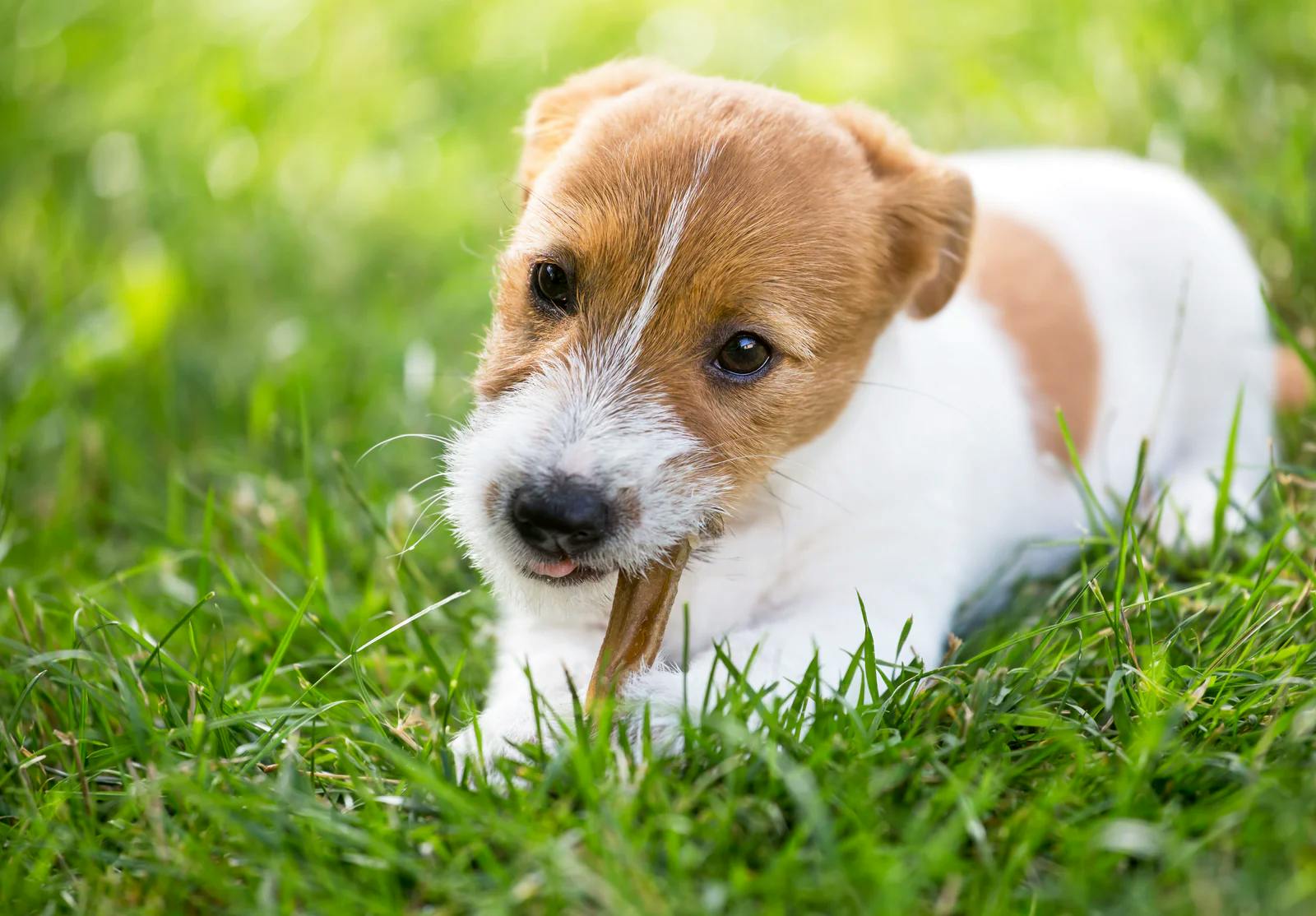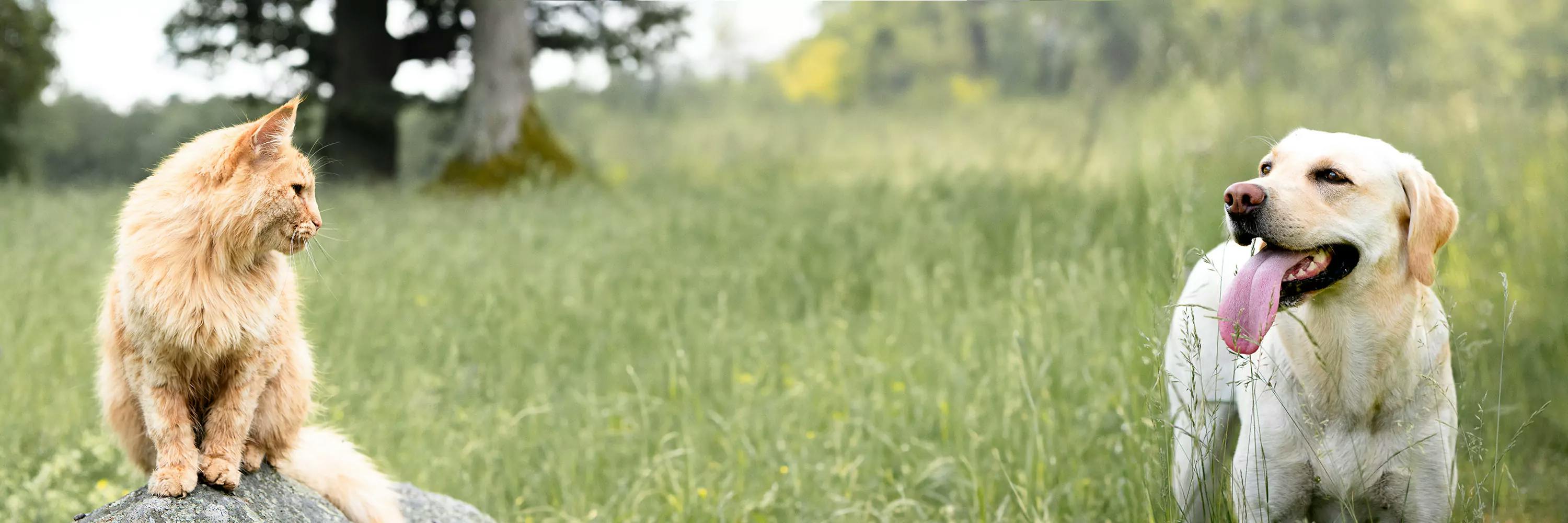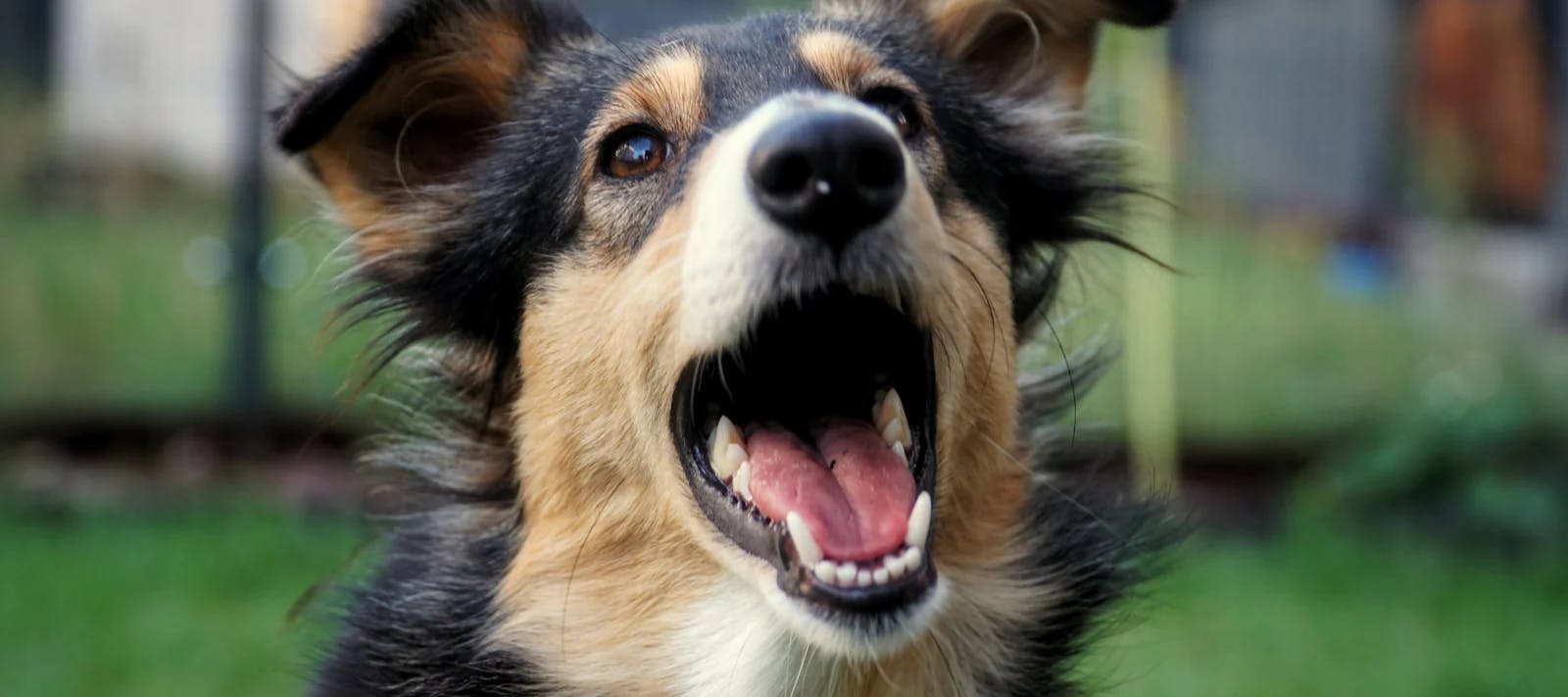Active location:
Select your country:

Gnaw, chew, nibble… the puppy’s teeth
Bringing a puppy home means a lot of new and exciting things. Fun play moments, a soft puppy belly to cuddle with and a small fur ball that falls asleep on the sofa at first... Then all of a sudden a period starts when neither slippers, the hall mat nor chair legs can be left alone from the puppy's sharp little teeth. But what does a puppy mouth actually look like, and what can be done to make the puppy feel better and the chair legs to be left in peace?
This article will go through the following areas:
Puppy's mouth and baby teeth
How can I make teething easier for my pup?
Get your puppy used to handling his mouth
Worries concerning the puppy's teeth
The puppy's mouth and baby teeth
The puppy is born completely without teeth and the first baby teeth begin to break through at about 3 weeks of age. Gradually, 28 super-sharp little baby teeth break through the puppy's gums. The baby teeth are replaced over time to the permanent 42 teeth.
Most puppies begin to lose their first baby teeth at about 4 months of age, and the entire set of teeth is replaced with permanent ones at about 6 months of age - in other words, there are two months when the puppy's teeth are growing and itching. In connection with teething, the puppy can also bleed a little in the gums. It is not always noticeable when the puppy has lost a tooth, as they are sometimes swallowed or so tiny that they simply disappear somewhere. Swallowing them is not dangerous - they come out the natural way.
How can I make teething easier for my pup?
During teething, the puppy has an increased need to chew on things, for example: carpets, chair legs, the sofa, the dog's bed, and everything else that can get in its way, including the pet parents ankles.
The best thing you as a pet owner can do is to have fun chewing toys close at hand so that you can offer a better alternative when the puppy starts chewing on something it should not, instead of trying to get it to stop chewing. Be patient - chewing is a very natural and necessary behavior. If you have things you really care about at home, it is better to hide them for a couple of months, and replace them with chew-friendly pastimes for the pup.
During this period, the puppy may also have a slightly poorer appetite due to the mouth being sore. You can facilitate eating for the pup by soaking the puppy's dry food in water, or offer softer food during the period.
Get your puppy used to handling his mouth
The baby teeth do not need to be brushed to stay healthy, but it is good to start training this routine early. Remember to be calm while handling the puppy and take it step by step - rather focus on slowly but surely getting the puppy used to touching and handling the mouth, lips and teeth. If your puppy has a sore mouth, take it easy, to make sure the handling is not linked to any discomfort for the puppy.
Use lots of praise and treats to connect the handling of the mouth to something positive! Read more tips on toothbrushing here, but again, do not expect on succeeding with everything at once with your puppy.
Worries concerning the puppy's teeth
While you are getting the puppy used to handling, it is also excellent training for you to learn what the puppy looks like in the mouth and how the teething process is going. If you think it looks like a tooth is broken or is strangely placed, for example rubbing against the palate or another tooth, it is always good to discover this early to be able to have it examined by your veterinarian.
A common issue among small breeds is also that they do not lose all their baby teeth. All teeth should be replaced at about 6 months of age, regardless of breed, and if you see that some baby teeth remains even though the permanent tooth has come out, you need to contact your veterinarian. If the baby teeth remain too long, they can cause both problems with the jaw, as well as damage to the permanent teeth. The most common teeth that are not shifted are the fangs in the upper and lower jaw.
Good luck with your new little family member, and remember - puppyhood is a time of patience, mischief, cuddle, love, and even more patience.

Mentioned products










